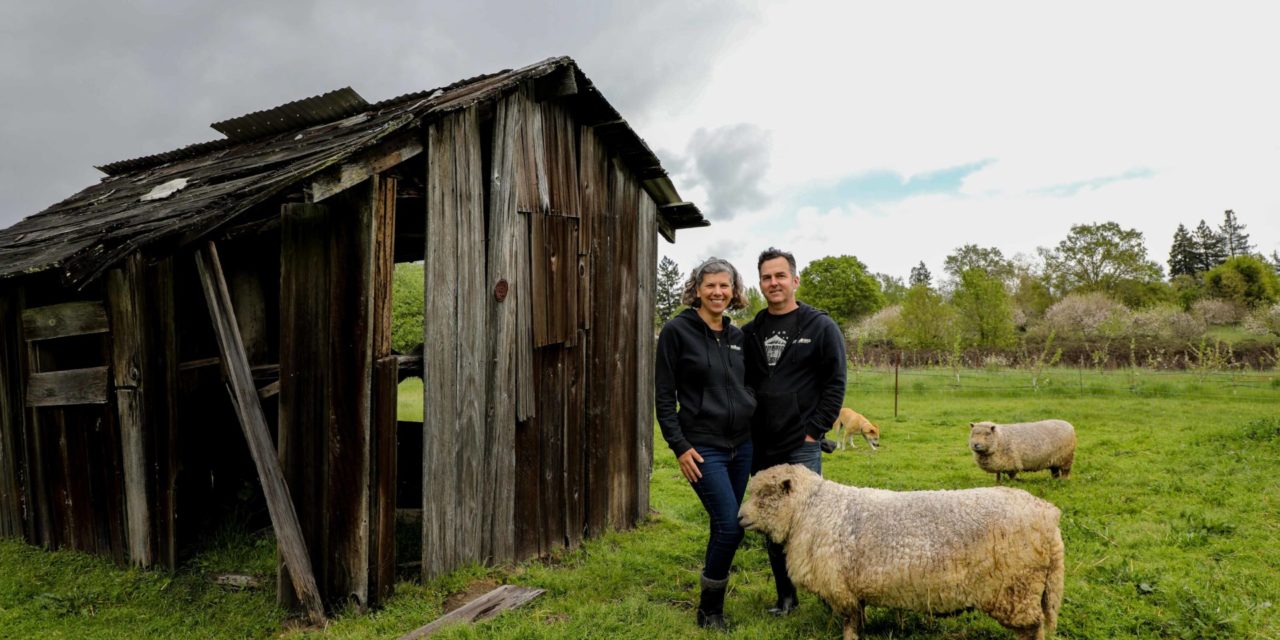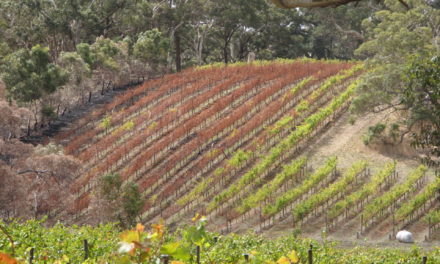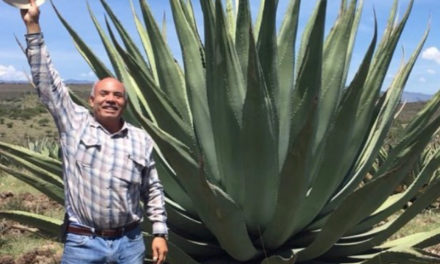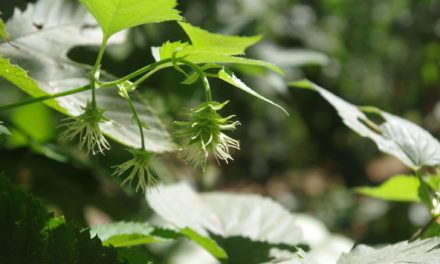It’s generally accepted that where and how grapes are grown can have a decided impact on the wine made from them. That this is equally true of cider is less well understood, though a fruit-bearing tree is certainly subject to the same impacts of local conditions and growing practices as is a fruit-bearing vine. Consumers are increasingly coming to embrace this idea, particularly now that more small, local cidermakers, with their own orchards and/or close relationships with local growers, are making their ciders available for purchase online.
Many of these cidermakers are taking the idea of a sense of place one step further, into the slightly transgressive realm of co-fermentation. Eden Ciders of Newport, Vt., long known for championing apple terroir, released its first co-ferment in 2020, a blend of five apple varieties from its own orchard and two of the cold-tolerant hybrid winegrapes grown nearby as part of the Iapetus Project of Shelburne Vineyards. Says cidermaker Garett Huber, “You can think of doing a co-ferment like making a stew. The flavors and aromatics became harmonious during fermentation.”
“People pay attention to grapes in the way they still don’t with apples,” adds co-owner Eleanor Leger.
On the other side of the country, Matt Niess, owner of Sonoma County, Calif.-based North American Press, intends to take the idea of a place-based beverage even further. “I believe a sense of place should incorporate the cultural history of a particular area and should especially include the native flora and fauna of that region,” he says. While his ultimate goal is the farming and fermentation of native species such as Malus fusca and Vitus californicus, one of his first releases has been a co-ferment of old-growth (100+ year-old) Gravenstein apples with a small amount of foraged wild grapes, which add red-fruit notes and a touch of tannin.
Niess’s former employer, Eric Sussman, owner/maker at Radio-Coteau, County Line Harvest, and Eye Cider Works, further incorporates the element of time, combining Sonoma County fruits that are ripening together. For Skins and Stones, he uses juice from dry-farmed Gravensteins pumped over whole Satsuma plums during fermentation, which results in a ruby hue and lingering plumminess. Quinceye Feijoa uses Rome apples with co-ripening quince and feijoa, adding subtle flavors of honey and whiffs of the tropics.
Scott Heath and Ellen Cavalli of Tilted Shed Ciderworks in Windsor, Calif., have been producing small-batch co-fermentations since 2014 using (variously) plums, berries, sorbus, and winegrapes, among other things. Most are foraged from their small farm, including the grapes that are one component of their Vin Feral, feral alicante buchet, and other as yet unidentified grape varieties growing into the trees from their wild blackberry bramble. “We believe in foodshed ferments,” says Cavalli. “Fermentation is just part of extending and preserving the harvest, so we don’t look at them as cider or wine, but as ferments first and foremost.”
However you want to label them, at their best, co-ferments can be more than the sum of their parts, offering the adventurous maker another way to explore the meaning of place, and the open-minded consumer another opportunity to find something delicious.











